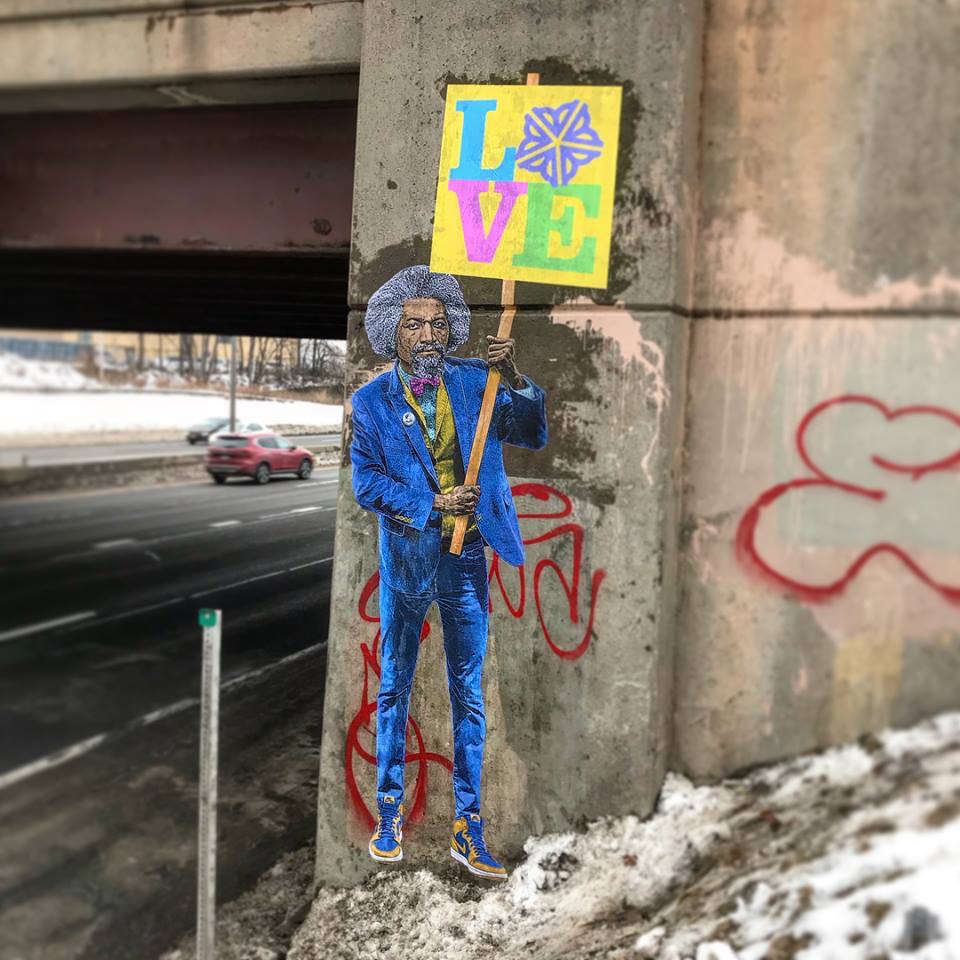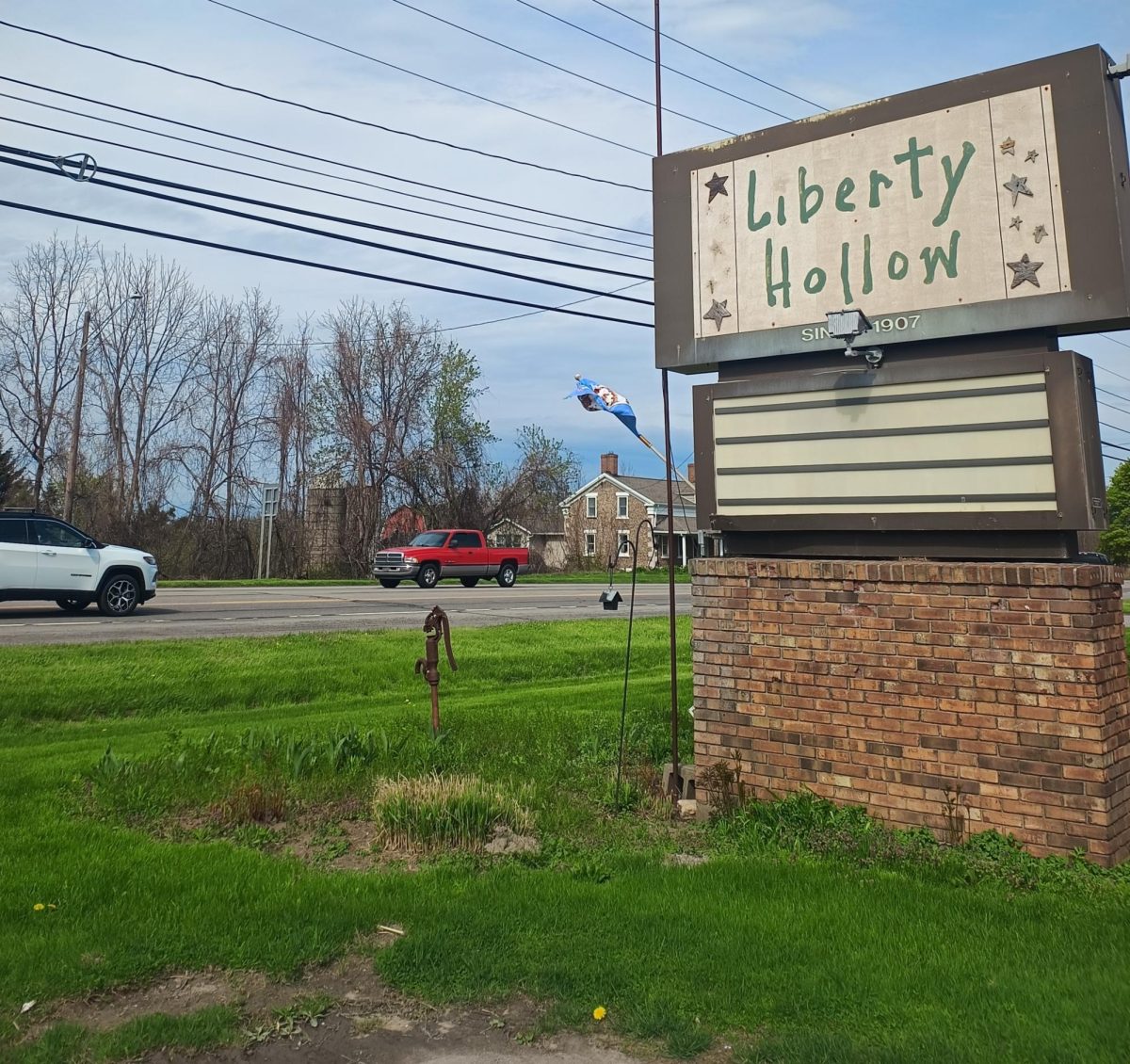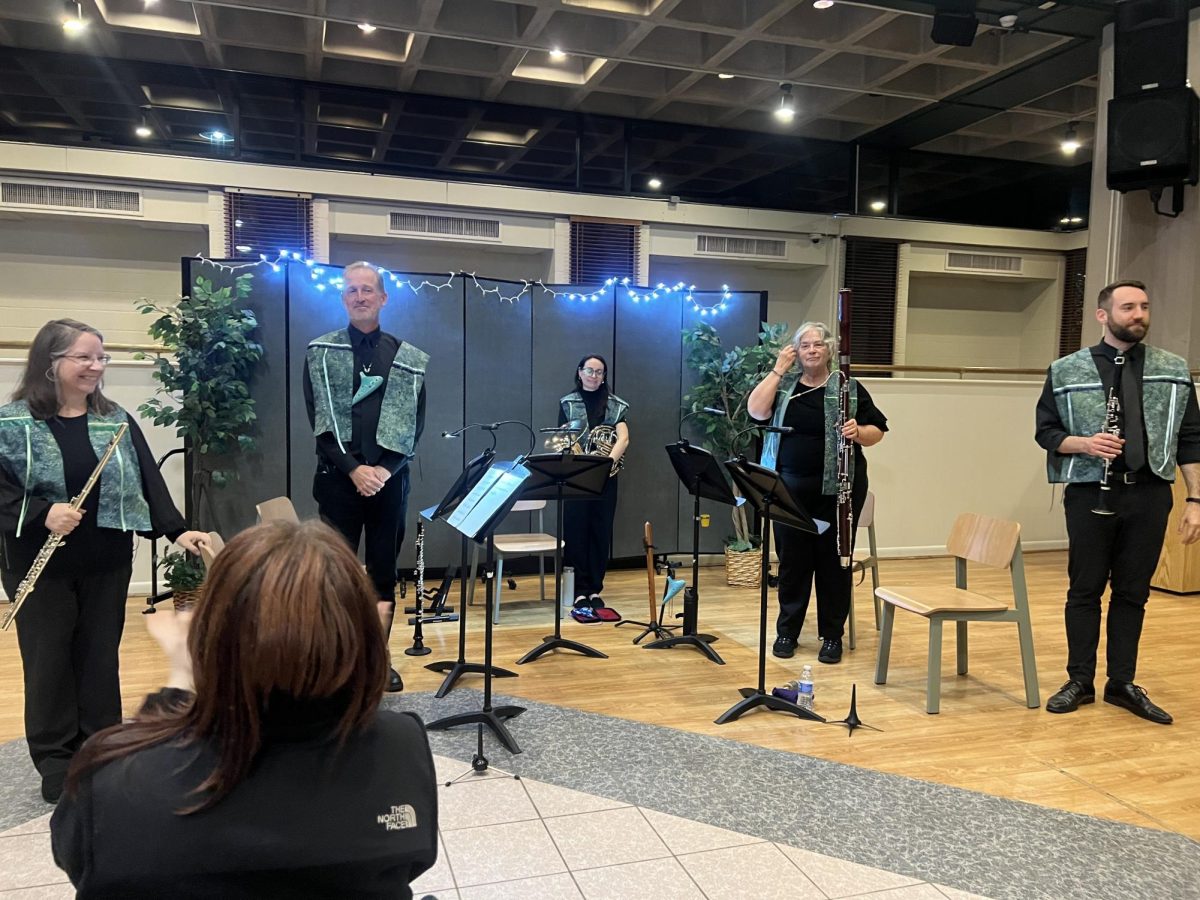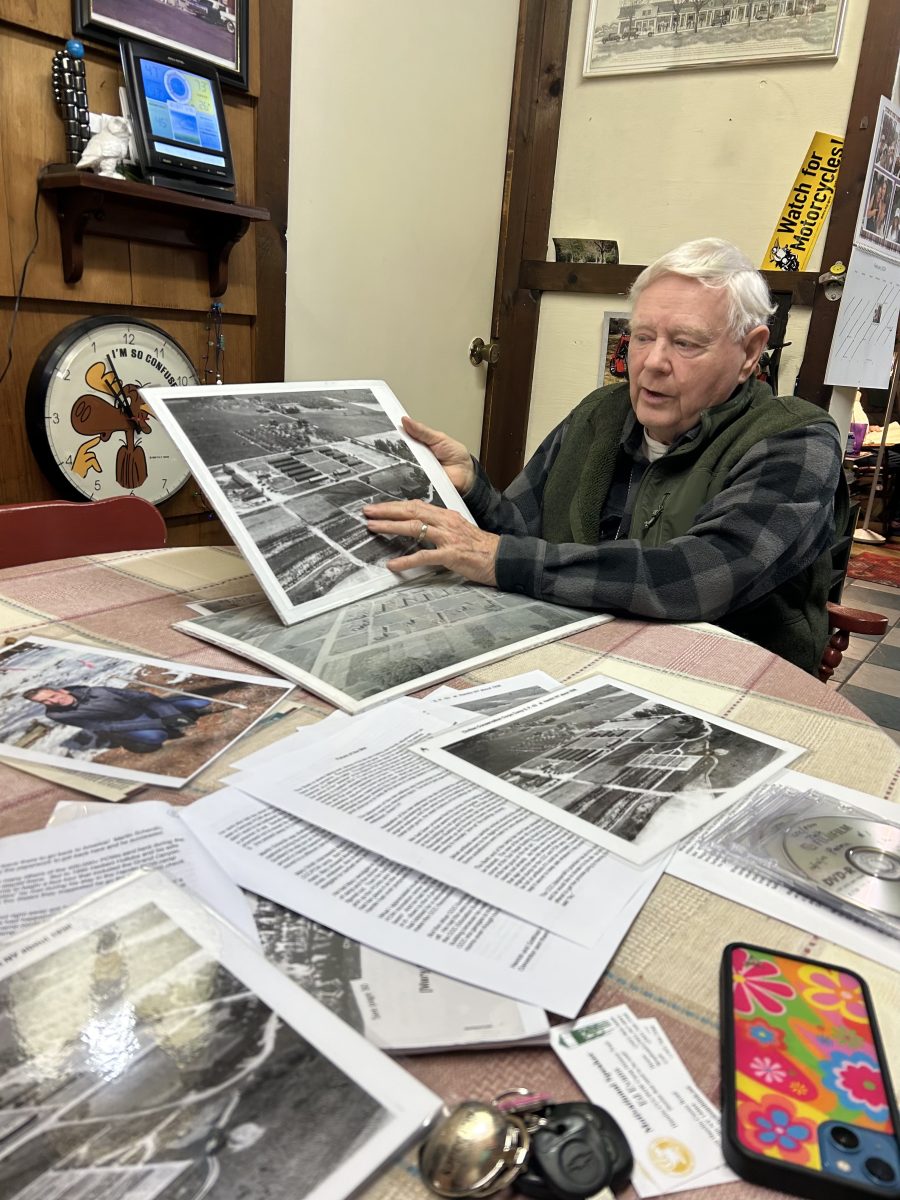By: Erika Curtis
Canalside Chronicles Staff

Activist, Abolitionist, Author. Underdog hero of the 19th century Frederick Douglass is remembered for his undying desire to give U.S. slaves the same chances and opportunities he had and he spent his life helping them achieve just that. This year, he will be remembered for something more.
This past February marked the 200th anniversary of Fredrick Douglass’ birth and the city of Rochester is making it memorable. An artist from the Rochester Institute of Technology (RIT) is working on 15 statues of Douglass. The statues are patterned after the original statue in Highland Park. The Douglass statue is the very first in American history to commemorate the accomplishments of an African American man.
Sixty organizations have formed together in the last few months to create a committee focused on re-energizing the legacy of Fredrick Douglass. Besides the replicas, the committee and Monroe County have been working to move the original statue from Highland Park to the corner of South Avenue and Robinson Drive. Project director Carvin Eison says moving the statue will give it greater visibility.
“So many people don’t understand the significance and impact that Fredrick Douglass had on the Rochester area,” Eison said.
And the impact was significant. Douglass spent much of his time in Rochester writing, helping guide slaves to freedom on the Underground Railroad and giving impassioned speeches on abolition throughout the region. While Rochester was his home base, Douglass traveled extensively around the world to fight for abolition.
The Fight is Personal
Born into slavery, Douglass learned to read and write during a time when reading and writing for slaves was illegal. Educating a slave and being an educated slave was punishable by law because it gave slaves the ability to become self-reliant. After becoming free and educated, Douglass spent his life as an abolitionist and activist. He published several autobiographies and a newspaper and spent his life working to free slaves.
Douglass moved to Rochester around 1843 from his birthplace of Maryland. Douglass lived in Rochester longer than anywhere else in his life. Rochester was at the forefront of major social changes in the 19th century. The women’s right movement, the Underground Railroad, evangelicalism and more Progression-era themes flowed heavily throughout the Rochester area.
Carvin Eison says Douglass’ legacy is tied to Rochester which makes the project all the more important.
“After [someone has] been dead for so long, you start to lose their purpose,” Eison said.
Eison said he believes there is still a lot of significance in the life and work of Frederick Douglass even today, 200 years later.

- Douglass re-imagined. Underpass in Rochester, NY.
Raising money for projects like this can be difficult, but the community is behind this one. Eison said the outpouring of support has been overwhelming.
The 15 statues will have scan-able bar codes that provide information on Fredrick Douglass and they will lead visitors on an interactive tour around the Rochester area. One of the statues will be erected in Brockport.
The team working on the project is made up of a diverse group of people. the team hopes to re-energize Douglass’ legacy. Eison is working on a film that will document the project. He is also working on a film with Ken Morris, a direct descendant of both Frederick Douglass and other famed black activist, Booker T. Washington that explores the 19th century through the eyes of Douglass.

“You should always be working on something. Something that you are excited about, that will push the culture forward,” Eison said.
The project will be technically finished by the end of this year, but the monuments are likely to be on the streets for a minimum of two years after.
Photos provided by Carvin Eison.


















